On September 8, 2023, Morocco stood on the precipice of despair as a devastating earthquake, whose power measured between 6.8 and 6.9 on the Richter scale, mercilessly struck the peaceful town of Ighil in the enchanting western landscapes of the country. In its wake, it left behind a trail of heartbreak, with nearly 3000 lives lost and many souls shattered. This calamity, though born on Moroccan soil, resonated with such ferocity that its tremors echoed as far as Spain, Portugal, and Algeria, a haunting reminder of nature’s unpredictable wrath. The very foundations of the cherished city of Marrakesh quivered, while the serene villages nestled in the Atlas Mountains trembled. It marked a somber chapter in Morocco’s history, the darkest since the 1960 Agadir earthquake.
In the face of unparalleled adversity, Morocco emerged as a testament to resilience and solidarity. The Moroccan government swiftly declared a state of emergency, galvanising its military, police, and civil protection forces to provide a lifeline to the affected communities. King Mohammed VI, his heart heavy with sorrow, ventured into the disaster zone, offering his heartfelt condolences to those who lost their loved ones. Amid tears, he decreed a three-day period of national mourning and called for an exhaustive investigation into the causes and aftermath of the devastating tremors.
But it wasn’t just Morocco’s spirit that shone in the darkest hour. A symphony of compassion and support resonated worldwide. Nations and international organizations, their hearts heavy with empathy, extended their hands to Morocco in a time of need. From Algeria to the United States, from the European Union to the United Nations, an outpouring of humanitarian aid flowed in. The gesture wasn’t merely financial; it was a lifeline to hope. Rescue teams, medical supplies, tents, blankets, nourishment, and sanitation – they were the bricks of a new foundation rising from the ashes.
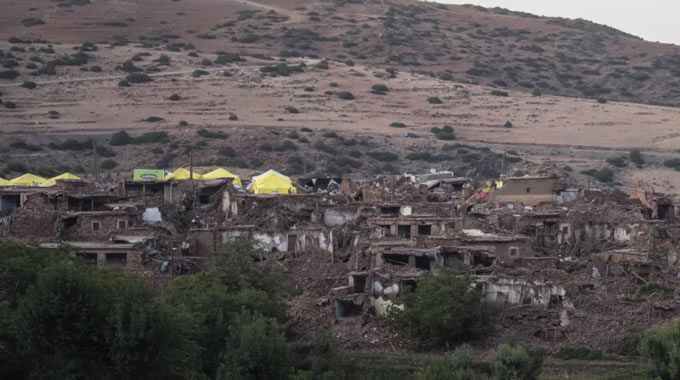
Displaced families remain one of the many prevalent issues as the nation wonders what the future holds, particularly as autumn approaches and the nights get colder. Though many villagers are being provided with shelter, food and water, officials said it could take five or six years to rebuild Atlas Mountain communities like Amizmiz, which is more than an hour’s drive from the closest big city, Marrakech.
According to AP, the death toll from the 6.8 magnitude quake stood at 2,946 on Wednesday, with several thousand injuries. Rebuilding has already begun in Marrakech’s old Jewish Quarter and other damaged parts of the city frequently visited by tourists. Maybe Al Haouz is the province hardest hit by the earthquake and its aftershocks — efforts are still focused on immediate humanitarian needs.
In the wake of the catastrophe, the World Health Organization tirelessly toiled to extend its support. It estimated that approximately 300,000 souls in Marrakesh and its surroundings bore the scars of the earthquake, including a staggering 100,000 innocent children. Together with the Moroccan Ministry of
Health and other partners, the WHO worked diligently to provide critical healthcare services to the wounded and stem the tide of potential diseases. Their mobile clinics and compassionate psychosocial support teams were beacons of hope amid the wreckage.

The International Federation of Red Cross and Red Crescent Societies (IFRC), issued an urgent appeal for 12 million Swiss francs ($13 million). Their mission was clear: to support 50,000 souls over nine months. They provided essential shelter, healthcare, clean water, and the tools for recovery to the most vulnerable communities.
Médecins Sans Frontières (MSF) also took up the mantle, sending a courageous team of 12 medical professionals and two logistic experts to Ighil. The team erected a field hospital, tending to over 400 patients, each one bearing the physical and emotional scars of the calamity. But their mission was not just medical; it was a lifeline of compassion. Hygiene kits, blankets, mattresses, and cooking utensils were distributed to approximately 1,500 families, offering them a glimmer of comfort amidst the chaos.
Islamic Relief, with unwavering devotion, allocated $1 million to bolster emergency relief and recovery in Morocco. From food parcels to winter clothes, and heaters to cash assistance, they reached out to more than 10,000 souls across Marrakesh and Al Haouz province. But their mission transcended the material; it was about rebuilding dreams, one home and one school at a time.
As Morocco stared into the abyss, it wasn’t merely the shadows of darkness that defined its future. Along with support from international organisations, the government has unveiled a five-year post-earthquake reconstruction plan, a beacon of hope that would cost at least 117 billion dirhams ($11.7 billion). It wasn’t just about rebuilding; it was about restoring dignity, rebuilding communities, and rekindling hope.
The World Bank Group, a stalwart ally, extended a helping hand with a pledge of $700 million for the first phase of the reconstruction plan. Their technical expertise and policy guidance were pledged as the foundation stones upon which Morocco’s resilience would be built.
The United Nations Development Programme (UNDP) illuminated the path to recovery. They conducted rapid damage assessments, developed recovery frameworks, and ensured that no one was left behind. Social inclusion and environmental sustainability were their guiding lights.
UNICEF, the United Nations agency, estimated this week that roughly 100,000 children have been “impacted” by the quake. The media spokesperson for UNICEF, Ricardo Pires, expressed concerns about the trauma of displacement as well as basic needs for children such as access to clean water and medical supplies. “Children get separated from their families. They might be displaced, on the move, and not knowing where to go to stay safe,” Pires said. “This is always a major risk in humanitarian disasters or when earthquakes like this break and it’s very hard to reach certain areas.”
From Europe, the European Union allocated €30 million ($35 million) to aid in Morocco’s recovery. It was a testament to the enduring bonds between nations, a promise to stand together in the face of adversity. The funds were earmarked to restore homes, revive water supplies, and rekindle the spirit of schools and health facilities. But they were more than financial aid; they were a testament to the resilience of the human spirit.
Today, hope is a rising sun in Morocco’s horizon. According to reports from Moroccan authorities, more of the injured have been discharged, while most of the displaced have found shelter. Schools have begun to echo with the laughter of children, with many resuming classes. Roads once broken are now pathways to the future, with more and more repaired. The electric hum of power and the soothing flow of water have returned to more regions.
Yet, amidst this triumphant march towards recovery, challenges loom large. Ensuring the quality and safety of rebuilt homes, preserving the historical and cultural treasures of the past, and safeguarding the rights of the vulnerable are the tasks that lie ahead. As Morocco rebuilds, it’s not just the structures that matter; it’s the resilience and unity of a nation, poised to face whatever the future may hold.
YOU MAY ALSO READ ON PRUDENCE JOURNAL
Peter Obi’s Impact on Nigeria’s 2023 Election: Paving the Way for Multi-Party Democracy
Nigeria’s Knowledge Drain: Exodus of Healthcare Professionals Hurting the Nation
REVIEW: Jagun Jagun – A Nigerian action drama showcasing the Yoruba culture

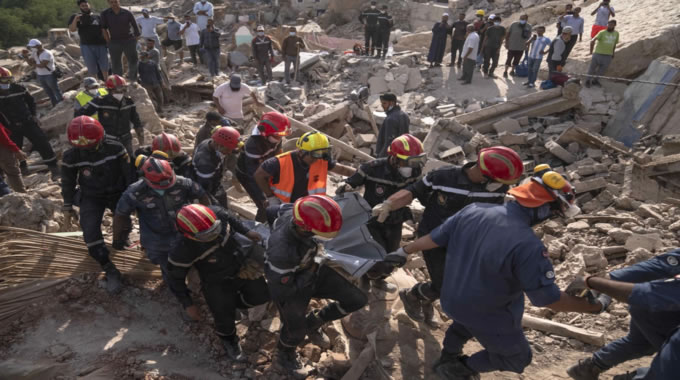
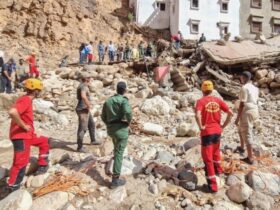


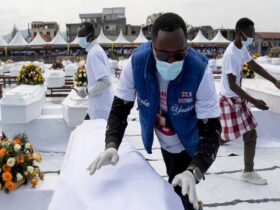
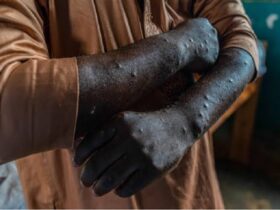
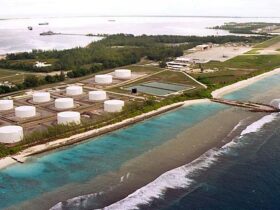
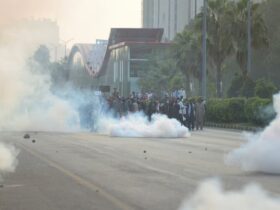
Got a Question?
Find us on Socials or Contact us and we’ll get back to you as soon as possible.